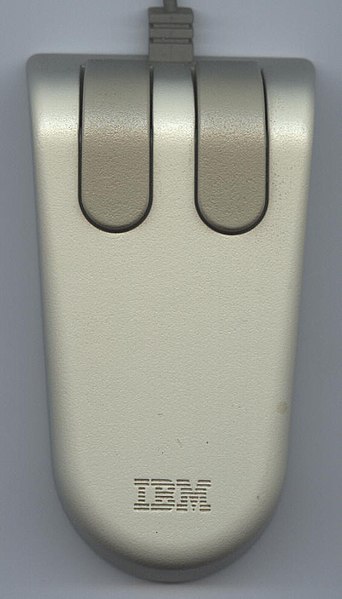Video Graphics Array (VGA) is a video display controller and accompanying de facto graphics standard, first introduced with the IBM PS/2 line of computers in 1987, which became ubiquitous in the IBM PC compatible industry within three years. The term can now refer to the computer display standard, the 15-pin D-subminiature VGA connector, or the 640 × 480 resolution characteristic of the VGA hardware.
Video Graphics Array
VGA section on the motherboard in IBM PS/55
A D-SUB connector (better known as VGA connector
VGA BNC connectors
The Personal System/2 or PS/2 is IBM's second generation of personal computers. Released in 1987, it officially replaced the IBM PC, XT, AT, and PC Convertible in IBM's lineup. Many of the PS/2's innovations, such as the 16550 UART, 1440 KB 3.5-inch floppy disk format, 72-pin SIMMs, the PS/2 port, and the VGA video standard, went on to become standards in the broader PC market.
The original IBM PS/2 mouse
PS/2 connection ports (later colored purple for keyboard and green for mouse, according to PC 97) were once commonly used for connecting input devices.
MCA IBM XGA-2 Graphics Card
Some PS/2 models used a quick-attachment socket on the back of the floppy drive which is incompatible with a standard 5.25" floppy connector.








